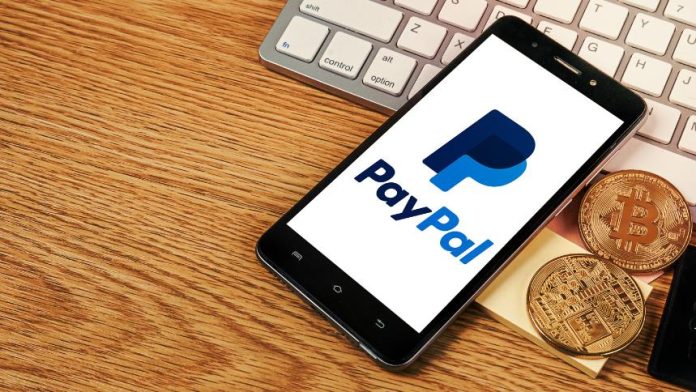Table of Contents
The payment options you offer your customer at checkout say more about your business than you might realise. Offering the customer a wide range of options might be more labour-intensive for you. Still, it could be the difference between a sale and a customer abandoning the purchase and looking elsewhere.
Why your business should offer customers paypal as an option?
Rapidly changing landscape
Not so long ago, payment options were limited. First, there was a choice of cash or cheque. Then cheques were superseded by card payments, but cash was still a prevalent choice for in-person shopping. However, the rise of eCommerce and eWallets mean that the payment landscape has changed significantly. The pandemic meant many outlets stopped taking cash altogether, and many people used contactless payments for the first time.

As things settle back to normality, it is a good time to look at which payment options you offer customers and consider how to minimise basket abandonment on both websites and physical stores. With pennies being tighter, customers can make purchasing decisions on the smallest of whims.
The original and the best
PayPal is the granddaddy of fintech solutions. It was developed when no one had worked out how to pay for goods or services over the internet securely. It predates the banks’ native schemes to verify cardholder details securely. PayPal has a considerable advantage for the customer: they do not have to share sensitive data with the merchant. The only information required to use PayPal is an email address.
No longer only for eBay purchases

In the early days of online purchases, PayPal was one of the only ways to pay securely online. Anyone wanting to make or sell through eBay had to use PayPal. It was an integral part of the online buying environment. Because of its longevity, PayPal has become a trusted payment partner for many people. Although eBay and PayPal unshackled themselves from each other, many eBay customers still prefer the relative anonymity of it rather than providing payment card details.
Major payment gateway
PayPal is now accepted at most major online retailers, and customers expect to see it as an option whether they buy goods or services from the biggest to the smallest, niche retail suppliers. They expect to be able to purchase theatre tickets and book accommodations using PayPal. Punters also have access to the best PayPal casinos, safe in the knowledge that their deposits are held safely, while avid gamers are able to purchase their favourite online games swiftly, using PayPal via Steam or the PS Store. It might have started as a peer-to-peer payment platform, but almost all of the largest merchants now accept it.
Constant innovation

While PayPal has been around for a long time, it has not stopped innovating. In an increasingly crowded space, it has had to find ways to keep its users loyal. Recent online additions to the PayPal portfolio include interest-free credit options and an option to pay in instalments. For these reasons, many customers are looking for PayPal as an option at checkout. For most customers, the interest-free amount is pre-agreed, so they do not need to go through lengthy credit checks before the purchase can be completed.
Can be used in-store as well as online
However, it is no longer only an online option. You can offer your customers PayPal as an option in-store as well. You might choose to do this if you are an indie seller to avoid having to sort out merchant services with your bank. Alternatively, it could be because you find out that your target market likes PayPal as an option. The app works similarly to other eWallets, storing all the customer’s card and bank details in one place.
Merchants who want to accept PayPal payments in-store need to display POS material with a barcode on it which the customer scans. Once the payment has been processed, the merchant and customer get a notification.


